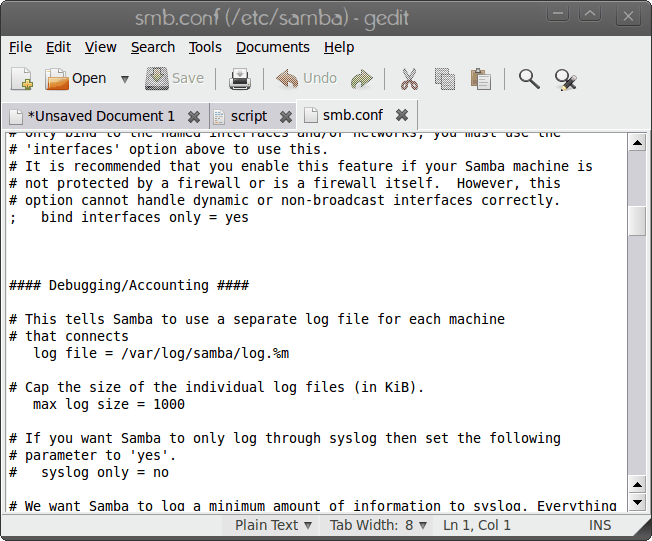
This behavior can be controlled by the Restore Session option under Preferences. In Debian-based distributions this is package python-gtksourceview2. To run it you need the python bindings for GtkSourceView 2.

This is a neat feature that lets you resume your work. A typical search path for GtkSourceView version 2 looks like: If this does not work in your distribution you can find out your style search path with this python script. Saved sessionsīy default, GNOME Text Editor automatically opens the last opened files. This also doesn’t mean it’s as plain and simple as Windows’ Notepad. It’s not a replacement of coding focused editors like Atom or VS Code. It has a sleek, modern look with rounded corners.ĭon’t expect anything extraordinary here in terms of features. Experience with GNOME Text Editorīuilt on top of the controversial libadwaita, GNOME Text Editor follows the new design principles set by its development committee. Intrigued? Let me share my experience with this new editor and then I’ll show you the installation steps.
#Gedit syntax highlighting install
Not exactly a brand-new feature of Ubuntu 22.04, this new editor is available to install in the latest Ubuntu LTS version and perhaps other distributions using GNOME 42. I am using Ubuntu 22.04 and it is available to install from the repositories.

While Gedit is still the default, this new editor has made an entry with the release of GNOME 42. Yes, GNOME has a brand-new text editor and it is called, well, Text Editor. The editing shortcuts can take some getting used to if you are coming from most other editors (although this is not nearly as true as it is with vim).

If you are a regular reader here on It’s FOSS, you might have read about GNOME’s plan to replace Gedit with their own text editor. It does come built in with Fortran mode, which supports indentation, highlighting, etc.


 0 kommentar(er)
0 kommentar(er)
